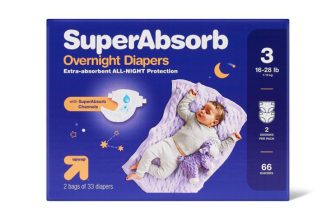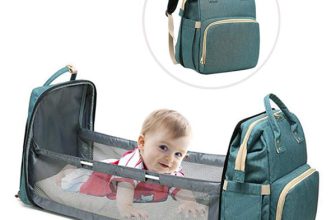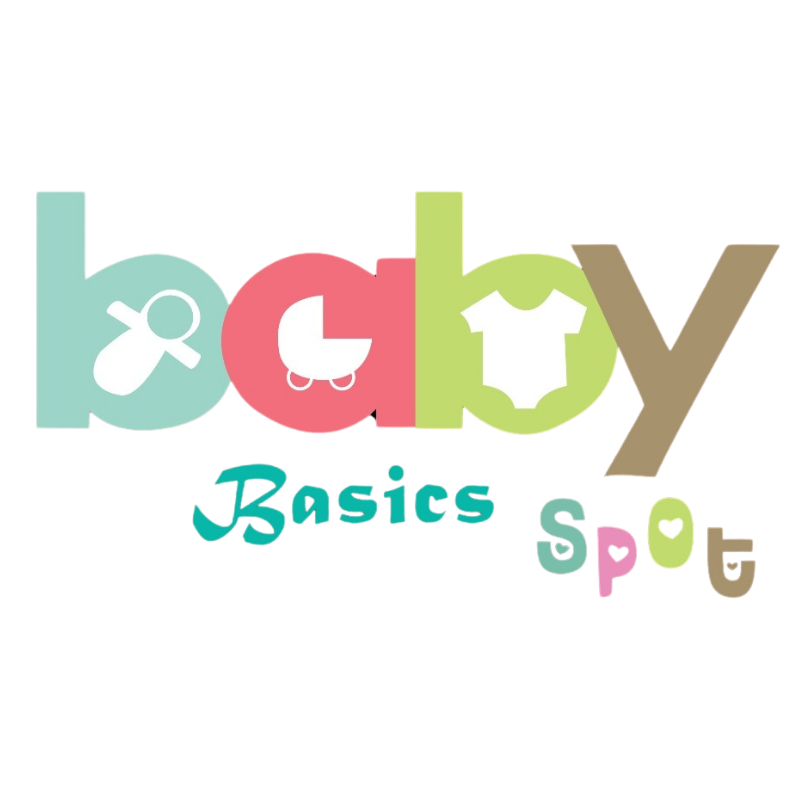When Did Disposable Diapers Come Out: A Timeline of Innovation
Disposable diapers first came out in the 1940s. They quickly became popular among parents.
Before disposable diapers, cloth diapers were the norm. Parents faced the tedious task of washing and drying them. The invention of disposable diapers changed this routine. They offered a convenient and time-saving alternative. With their introduction, parents found a new way to manage baby care.
The journey from early, simple designs to today’s modern, highly absorbent diapers is fascinating. In this post, we’ll explore the history of disposable diapers. From their initial release to the advanced versions we see today, the evolution is remarkable. Stay with us as we dive into the timeline of this essential baby product.
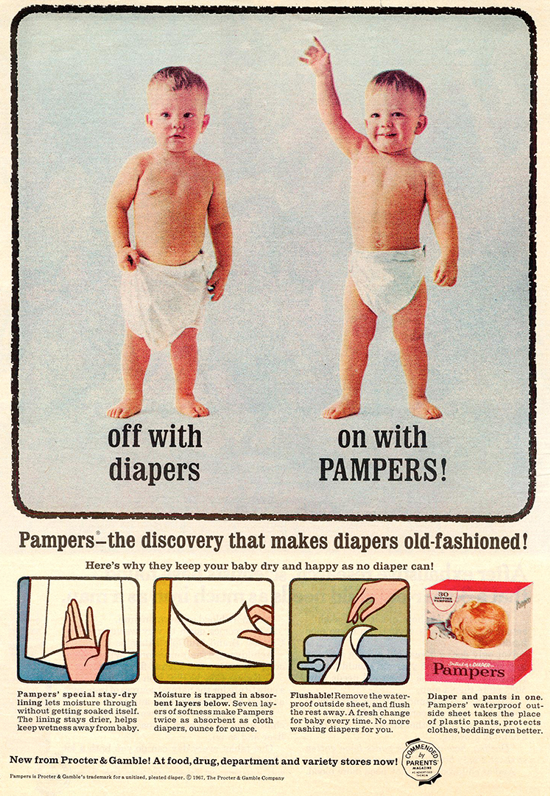
Credit: www.zephyrhillblog.com
Early Beginnings
People used cloth diapers long ago. They made them from soft fabrics. New parents washed and reused them. This was common before disposable diapers. Cloth diapers needed pins to stay on. Some found this hard to use.
Early disposable diapers were not perfect. In 1940, scientists tried new materials. They wanted better diapers. Some used paper. Others used plastic. The goal was to make diapers easier. Parents wanted less washing. Early versions were not very good. But they kept trying.

Credit: www.firstversions.com
The 1940s: The Birth Of Disposable Diapers
Marion Donovan was a smart woman. She created the first disposable diaper. Her idea was simple but clever. She used a shower curtain. It kept babies dry and happy. Parents loved her invention.
In 1949, Marion sold her invention. A company started making the diapers. They were called “Boater”. They were the first commercial disposable diapers. More companies soon followed.
The 1950s: Mass Production
Johnson & Johnson began mass production of disposable diapers in the 1950s. They were among the first to market these products widely. This helped increase awareness of disposable diapers. Many parents started using them. They became more popular.
Disposable diapers became available in more stores. This made them easier to buy. More parents could get them. This helped increase their use. They were no longer a luxury. Many families switched to disposable diapers. They were more convenient.
The 1960s: Technological Improvements
Adhesive tapes made diapers easier to use. Parents no longer needed pins. Tapes kept the diaper secure. Babies stayed more comfortable. Parents saved time and effort.
New materials absorbed more liquid. This kept babies drier. Improved materials also reduced rashes. Diapers became thinner and lighter. Parents appreciated these changes.
The 1970s: The Rise Of Major Brands
Disposable diapers first appeared in the 1970s. Major brands began producing them, making life easier for parents. This innovation quickly became popular.
Pampers’ Dominance
Pampers became a leading brand in the 1970s. Many parents chose Pampers for their babies. The company provided high-quality disposable diapers. These diapers were easy to use and highly absorbent. Pampers helped parents save time and effort. Their products were also comfortable for babies.
Competitive Market
The 1970s saw a rise in competition. Many brands entered the market. Companies like Huggies and Luvs became popular. Each brand tried to offer better features. This led to innovation in diaper technology. The competition benefited consumers. It improved the quality and variety of diapers available.
The 1980s: Focus On Comfort And Fit
In the 1980s, diapers began to include elastic waistbands. These bands made diapers fit better. Babies could move more easily. Parents loved the improved fit. It kept leaks away.
Diapers also started using breathable fabrics in this decade. These fabrics allowed air to flow. This kept babies’ skin dry. It helped reduce rashes. Babies felt more comfortable. Parents noticed the difference.
The 1990s: Environmental Concerns
In the 1990s, people started to worry about the environment. Disposable diapers were a big problem. They filled up landfills. To help, companies made biodegradable diapers. These diapers break down faster. This means less waste. But, they cost more. Some parents liked them. Others did not want to pay more. Still, it was a step forward.
Many people wanted to be more eco-friendly. Some used cloth diapers. These can be washed and used again. Companies also started recycling programs. Parents could send used diapers back. The materials were reused. This helped reduce waste. It was a good start to a cleaner world.
The 2000s And Beyond: Advanced Features
Smart diapers entered the market in the 2000s. These diapers have sensors. Sensors detect moisture. They alert parents when a change is needed. Smart diapers help keep babies dry. They also prevent rashes. Parents find these features very helpful.
Sustainability efforts grew in the 2000s. Diaper companies focused on eco-friendly products. They used biodegradable materials. Some diapers became compostable. Less waste went to landfills. Parents began to prefer these green options. Companies also made reusable diapers. These diapers can be washed and used again. This further reduced waste.
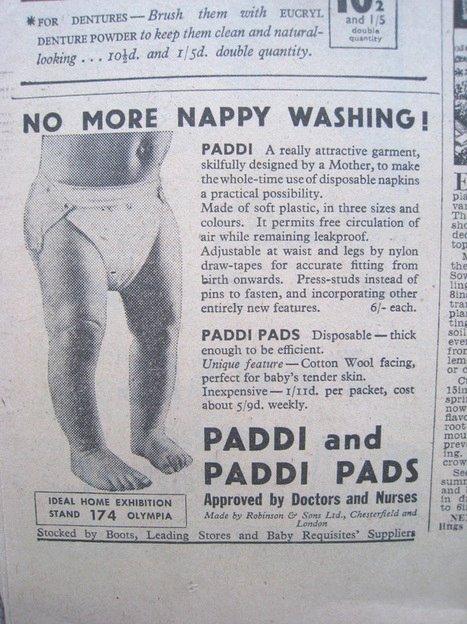
Credit: www.bbc.com
Frequently Asked Questions
When Did Disposable Diapers Become The Norm?
Disposable diapers became the norm in the mid-1980s. Their convenience and effectiveness led to widespread adoption by parents.
Did They Have Disposable Diapers In The 70s?
Yes, it was available in the 1970s. Brands like Pampers and Huggies became popular during this decade.
How Much Did Pampers Cost In 1961?
In 1961, Pampers cost approximately 10 cents per diaper. They were first introduced by Procter & Gamble.
Conclusion
Disposable diapers have transformed baby care since their invention. Their convenience and practicality made life easier for parents. Over the years, they have evolved to be more absorbent and comfortable. Today, many parents choose disposable diapers for their efficiency. They continue to play a crucial role in modern parenting.
Understanding their history helps appreciate their value. Diapers have come a long way and remain a staple in households worldwide.




